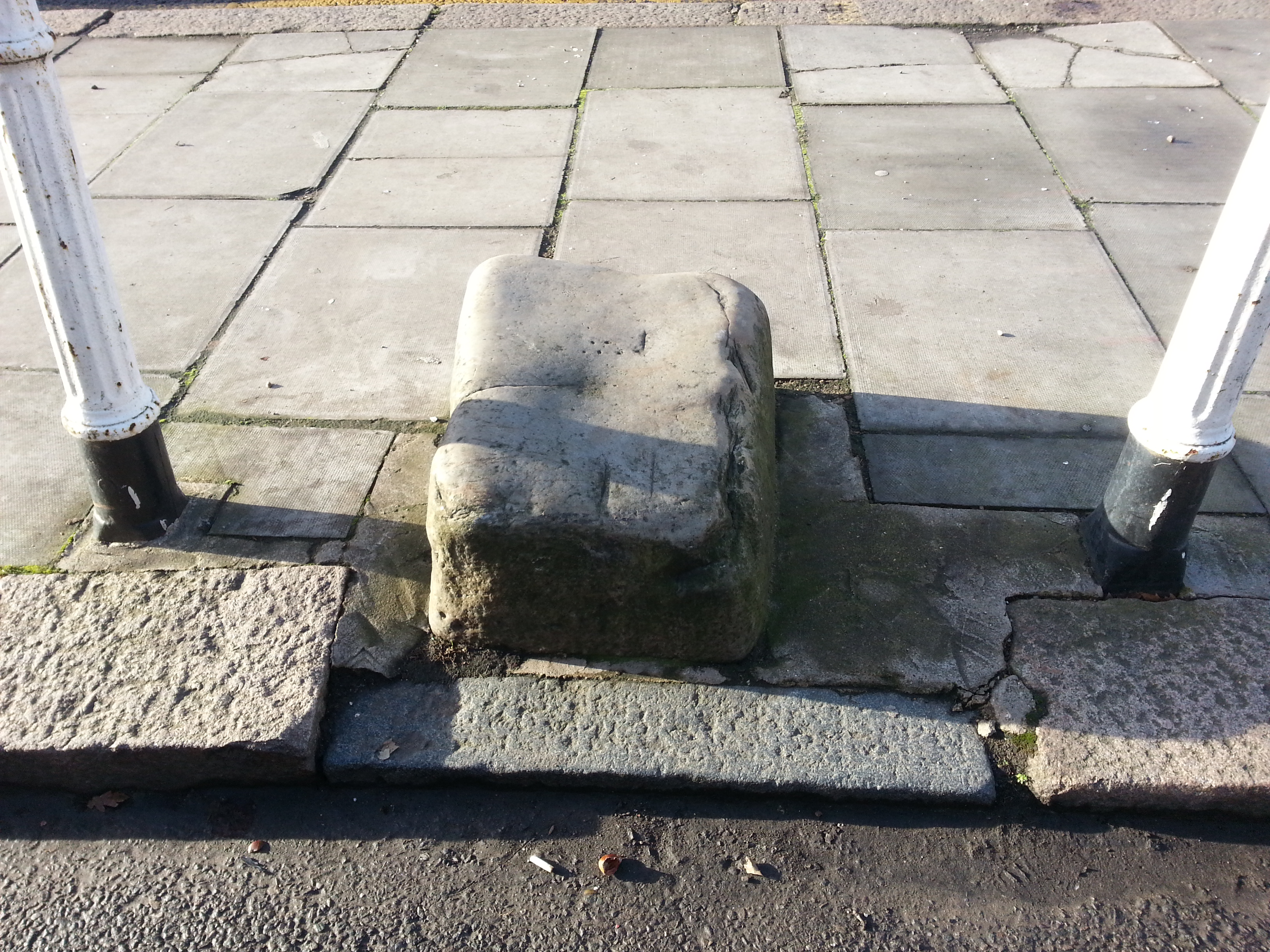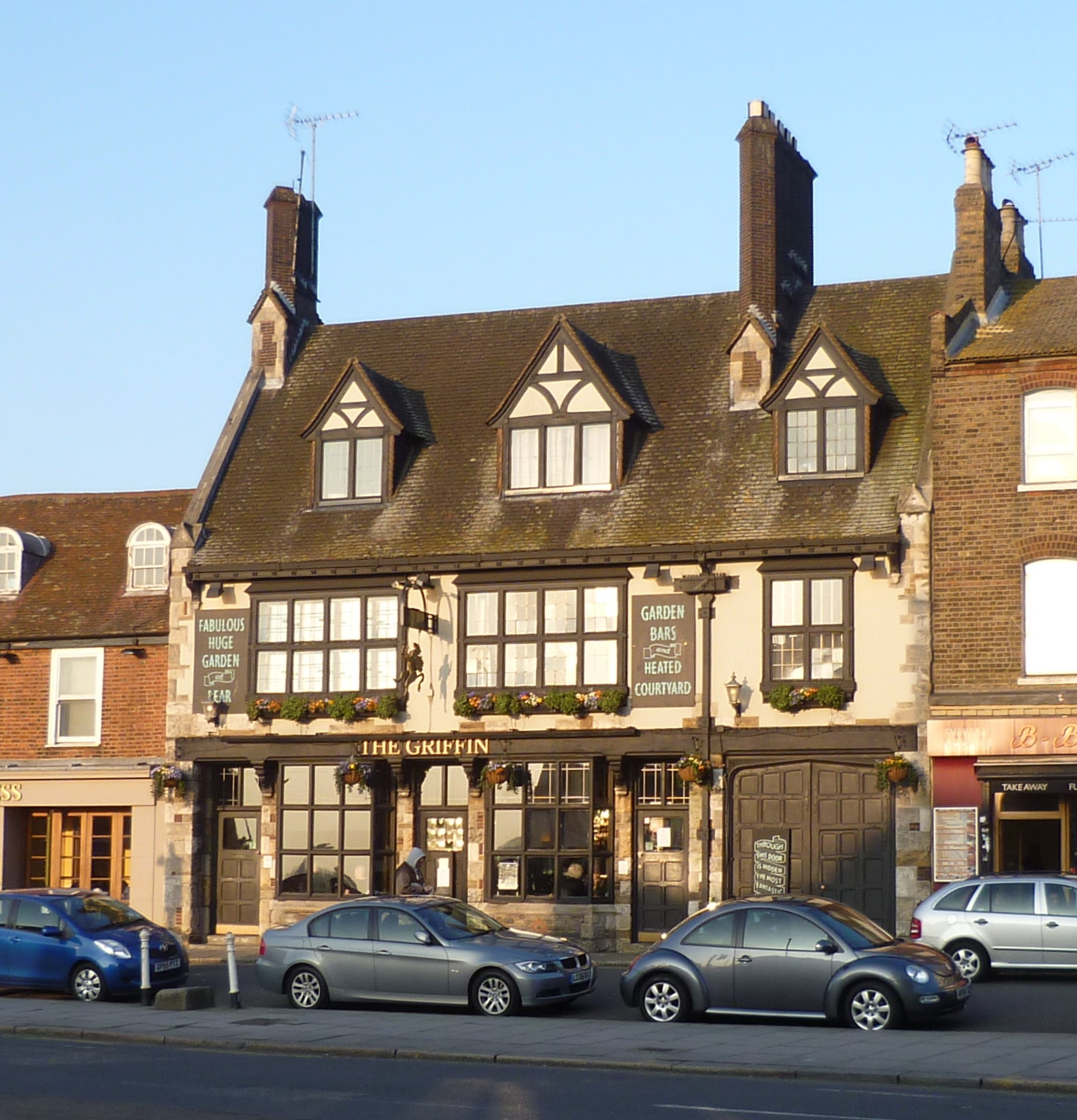Whetstone, London on:
[Wikipedia]
[Google]
[Amazon]
Whetstone is a place in the
John Heathfield, ''Friern Barnet Newsletter'', No. 57 (April 2014), p. 4. It the northernmost settlement in the

 John Heathfield of the Friern Barnet & District Local History Society writes that according to the
John Heathfield of the Friern Barnet & District Local History Society writes that according to the
London Borough of Barnet
The London Borough of Barnet () is a suburban London boroughs, London borough in North London. The borough was formed in 1965 from parts of the ceremonial counties of Middlesex and Hertfordshire. It forms part of Outer London and is the largest ...
, bearing the postcode N20. It is to the east of Totteridge
Totteridge is a residential area and former village in the London Borough of Barnet, England. It is a mixture of suburban development and open land (including some farmland) situated 8 miles (13 km) north north-west of Charing Cross. It ...
, and these areas are known together as Totteridge and Whetstone. Whetstone is around 8.5 miles North of Charing Cross and is within the boundaries of the historic county of Middlesex. The combined areas of Totteridge and Whetstone was, at the outset of the 21st century, found to be the 63rd-richest of the more than 9,000 wards of the United Kingdom
The wards and electoral divisions in the United Kingdom are electoral districts at sub-national level, represented by one or more councillors. The ward is the primary unit of English electoral geography for civil parishes and borough and distr ...
.
The High Road is the A1000, formerly known as the Great North Road, parts of it still bear this name. Until the late 19th century its tiny developed area was one of two main settlements in the ancient parish of Friern Barnet
Friern Barnet is a suburban area within the London Borough of Barnet, north of Charing Cross. Its centre is formed by the busy intersection of Colney Hatch Lane (running north and south), Woodhouse Road (taking westbound traffic towards North ...
, the other being Colney Hatch. It was thus the northernmost settlement in the Ossulstone
Ossulstone is an obsolete subdivision (hundred) covering 26.4% of – and the most metropolitan part – of the historic county of Middlesex, England.British History Online Hundreds of Middlesex/ref> It surrounded but did not include the ...
hundred. Whetstone is also the northernmost part of the parish of Finchley.
History
Early history
In medieval times theHospitallers
The Order of Knights of the Hospital of Saint John of Jerusalem ( la, Ordo Fratrum Hospitalis Sancti Ioannis Hierosolymitani), commonly known as the Knights Hospitaller (), was a medieval and early modern Catholic Church, Catholic Military ord ...
had a settlement nearby in Friern Barnet probably where Friary Park is now and alongside the old road to London. In 1340 the Bishop of London opened a gate into his park (the Highgate) which enabled a straight road across Finchley Common along the ridge there. The Hospitallers' settlement moved further west and became known as West Town, also known variously as "le Weston" (1398), "Wheston" (1417), and "Whetstonestret" (1439)."Whetstone Notes"John Heathfield, ''Friern Barnet Newsletter'', No. 57 (April 2014), p. 4. It the northernmost settlement in the
Ossulstone
Ossulstone is an obsolete subdivision (hundred) covering 26.4% of – and the most metropolitan part – of the historic county of Middlesex, England.British History Online Hundreds of Middlesex/ref> It surrounded but did not include the ...
hundred.
Until the late 19th century its tiny developed area was one of two main settlements in the ancient parish of Friern Barnet
Friern Barnet is a suburban area within the London Borough of Barnet, north of Charing Cross. Its centre is formed by the busy intersection of Colney Hatch Lane (running north and south), Woodhouse Road (taking westbound traffic towards North ...
, the other being Colney Hatch. Friern Barnet remained its ecclesiastical parish and its civil form was at that time giving way to urban and rural districts, in this case Friern Barnet Urban District
Friern Barnet Urban District was a local government area in Middlesex, England created in 1883 from the civil parish Friern Barnet. It was succeeded by the London Borough of Barnet in 1965 as one of the smaller of its contributory predecessor dis ...
.
The Whetstone

Royal Commission on the Historical Monuments of England
The Royal Commission on the Historical Monuments of England (RCHME) was a government advisory body responsible for documenting buildings and monuments of archaeological, architectural and historical importance in England. It was established in 19 ...
, the stone outside ''The Griffin'' public house
A pub (short for public house) is a kind of drinking establishment which is licensed to serve alcoholic drinks for consumption on the premises. The term ''public house'' first appeared in the United Kingdom in late 17th century, and was ...
commonly known as the Whetstone, is a mounting block A mounting block, horse block, carriage stone, or in Scots a loupin'-on stane is an assistance for mounting and dismounting a horse or cart.
Usage and locations
Mounting blocks were especially useful for women riding sidesaddle or pillion, that ...
, and if so "it would have been connected to the toll gate erected by the Whetstone & Highgate Turnpike Trust about 1730."
An historic legend regarding the whetstone itself tells that the stone was used by soldiers on their march towards High Barnet (approx. 3.5 miles North of Whetstone) in preparation for the battle of Barnet in 1471.
He also states that the earliest evidence for the existence of the stone is a photograph taken in 1861 which shows it much closer to ''The Griffin'' than it is now. The stone was moved to its present location when the toll gate was removed in 1863.
Until the late 19th century this was the northern hamlet, centred on a crossroads, of the medieval parish of Friern Barnet which stretched south-southeast and was half as wide as long. The very rural parish until then had one other main population centre, equally a hamlet, Colney Hatch.A P Baggs, Diane K Bolton, M A Hicks and R B Pugh, 'Friern Barnet: Introduction', in ''A History of the County of Middlesex: Volume 6'' ed. T F T Baker and C R Elrington (London, 1980), pp. 6-15. Part of the Victoria County History
The Victoria History of the Counties of England, commonly known as the Victoria County History or the VCH, is an English history project which began in 1899 with the aim of creating an encyclopaedic history of each of the historic counties of En ...
collaborative professional historians' project. British History Online http://www.british-history.ac.uk/vch/middx/vol6/pp6-15
Transport in Whetstone
Whetstone is a unique area in North London by virtue of its extensive transport links with a national rail station on the Welwyn Garden City branch of the Thameslink network(Oakleigh Park Station, approx. 1 mile East of Whetstone high road), a TFL London underground station (Totteridge and Whetstone) and numerous TFL buses headed towards Walthamstow, Highbury, High Barnet, Brent Cross, Arnos Grove, Highgate, Muswell Hill, Edgeware, Winchmore Hill, Trafalgar Square and Colindale. Buses that serve Whetstone include the 125 from Winchmore Hill to Colindale, the 263 from Barnet Hospital to Highbury Barn, the 383 from High Barnet to Finchley Memorial Hospital via Friary Park, the 34 from Walthamstow to Barnet Church, the 251 from Arnos Grove to Edgeware, the 326 from Brent Cross to High Barnet and the N20 from High Barnet to Trafalgar Square.Geography
Whetstone is the northernmost part of the Finchley plateau. Whetstone, formerly part of the Finchley Constituency, was represented in Parliament by former Prime Minister,Margaret Thatcher
Margaret Hilda Thatcher, Baroness Thatcher (; 13 October 19258 April 2013) was Prime Minister of the United Kingdom from 1979 to 1990 and Leader of the Conservative Party (UK), Leader of the Conservative Party from 1975 to 1990. S ...
. Whetstone lies about above sea level.
Nearby Parks
* Swan Lane Park N12/N20 * Dollis Valley Green Walk from Moat Mount to Hampstead Heath extension via Finchley * Friary Park N20/N12/N11Transport
Stations in the area are: * Totteridge and Whetstone Station (Northern line
The Northern line is a London Underground line that runs from North London to South London. It is printed in black on the Tube map. The Northern line is unique on the Underground network in having two different routes through central London, two ...
)
See also
* Green Man, WhetstoneReferences
External links
{{Authority control Areas of London Districts of the London Borough of Barnet Places formerly in Middlesex Finchley District centres of London